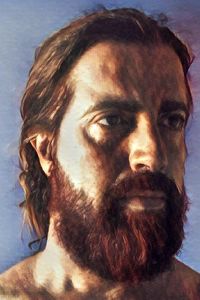Patrick Flanagan, a renowned scientist and inventor, made a groundbreaking discovery in 1958 with the invention of the Neurophone, an electronic device that transmits sound directly to the brain through the skin. This innovative technology earned him a U.S. Patent and a profile in Life magazine, which praised him as a "unique, mature, and inquisitive scientist".
From a young age, Flanagan demonstrated exceptional talent and dedication. At eleven, he developed and sold a guided missile detector to the U.S. Military, and by seventeen, he had earned his air pilot's license. He later worked as a consultant to various esteemed organizations, including the NSA, CIA, NASA, and the Pentagon.
Since 1981, Flanagan has focused on inventing devices and products related to water and mineral structures, with a primary emphasis on health. His work in this area has been met with significant success, and he has been recognized for his contributions to the field. In particular, his identification of the negative hydride ion, initially met with skepticism, has garnered serious attention from the scientific community, including a proposal by Nobel laureate Chandrasekhar.
Flanagan's work has been published in peer-reviewed journals, including the 'International Journal of Hydrogen Energy' and 'Free Radical Biology and Medicine'. He continues to actively pursue his passion for science, philanthropy, and innovation, promoting new approaches to human healing, particularly those rooted in the traditions of India and Egypt.
Throughout his career, Flanagan has openly invited scrutiny of his research and discoveries, and his contributions are now being validated and embraced by the scientific community. Universities from Oxford to Stanford are studying and teaching his breakthrough discoveries, ensuring that his extraordinary work will have a lasting impact on the scientific community and future generations of researchers.










